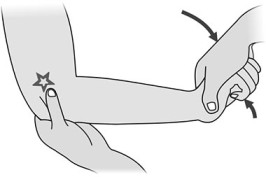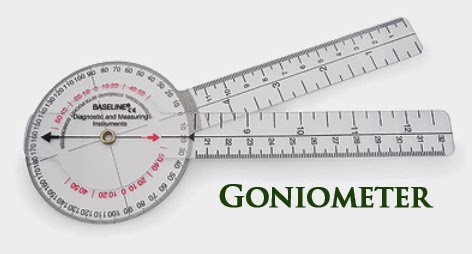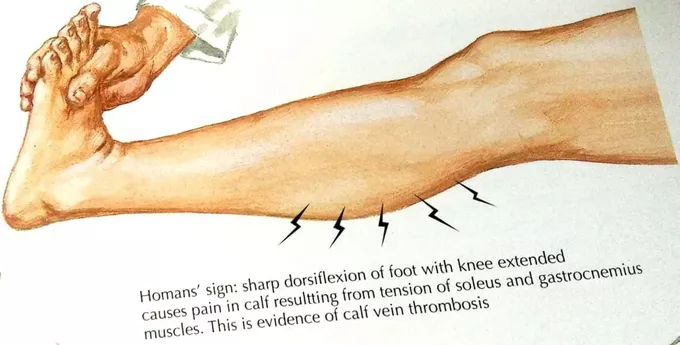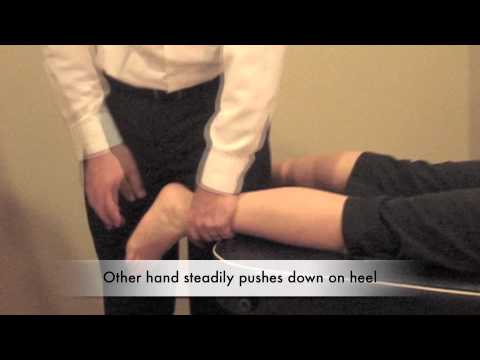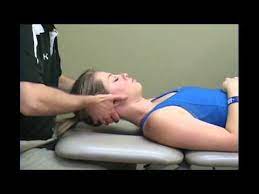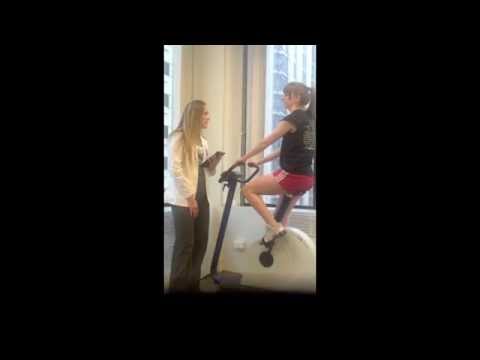Cozen’s Test of the Elbow Joint
- This Cozen’s Test is also known as the resistive tennis elbow test & resisted wrist extension test.
- This Cozen’s Test is actively performed by the patient.
- This clinical & orthopedic test is applied by to therapist or doctor when the patient is complaining about lateral side elbow pain.
What is the Purpose of Cozen’s Test?
- This Cozen’s test is used to check the lateral epicondylitis of the elbow/tennis elbow.
- Tennis elbow is most occurs in a tennis player.
Patient Position for the Cozen’s Test :
- The starting position of The patient for the test is a sitting position with the
- Elbow = extended
- Forearm = maximal pronation position
- Wrist = radially abducted
- Hand = in a fist.
Examiner Position for the Cozen’s Test:
- The examiner [ therapist ] stabilizes the elbow joint & palpates the lateral epicondyle of the elbow with the help of one hand, then another hand of the examiner is placed on the dorsum of the hand.
The technique of the performance of the Cozen’s Test:
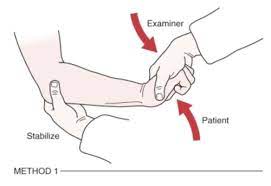
- The patient’s elbow is stabilized by the examiner’s [ therapist ] thumb, which rests on the patient’s lateral epicondyle of the elbow.
- The patient is then asked to actively make a fist, pronate the forearm, & radially deviate & extend the wrist while the examiner resists the motion.
Result of the Cozen’s Test:
- Sudden severe pain in the area of the lateral epicondyle of the humerus is a positive sign.
- The lateral epicondyle of the elbow is palpated to indicate the origin of the pain.
Helpful Tips of the Cozen’s Test:
- To reduce the finding of the likelihood ratio for the pathology at the origin of the extensor digitorum muscle, so that keeps the patient’s fingers flexed during resisted wrist extension.
- During the isometric exercise of wrist extension, the counter-force is applied on the dorsomedial aspect of the fist to reduce the involvement of the extensor carpi ulnaris muscle.
- So obtaining a false-positive finding is available to pathology within this muscle/tendon.
Evidence of the Cozen’s Test:
- A recent study which is described by Karanasios et al applies to the test during the physical examination tests
- Diagnostic accuracy of evidence suggests:
- The high sensitivity of this Cozen’s Test = 91%
- For the grip strength difference = 5%-10% between the elbow joint flexion & extension movement the sensitivity of this Cozen’s Test = high around = 78%-83%.
- Specificity of the Cozen’s Test = 80%-90%.
- Despite the limited evidence, Karanasios et al concluded that Cozen’s test is used to rule out lateral epicondylitis means tennis elbow during the physical examination & that the grip strength difference between the elbow joint flexion & extension movement is good diagnostic values for the determining of the presence & absence of lateral epicondylitis means tennis elbow, mostly when used in conjunction with the diagnostic tests like as MRI & ultrasound.

